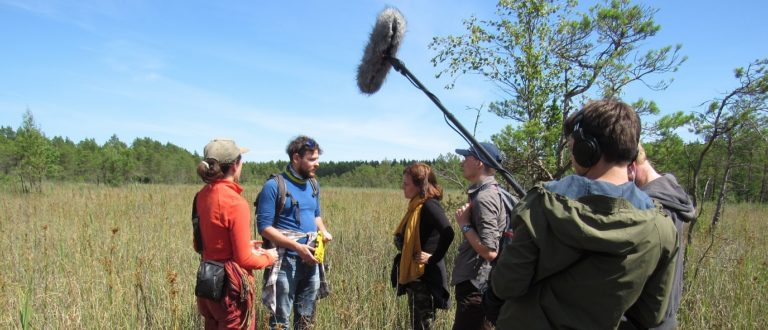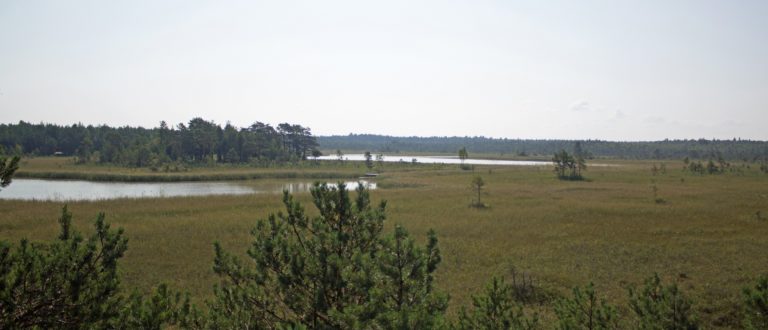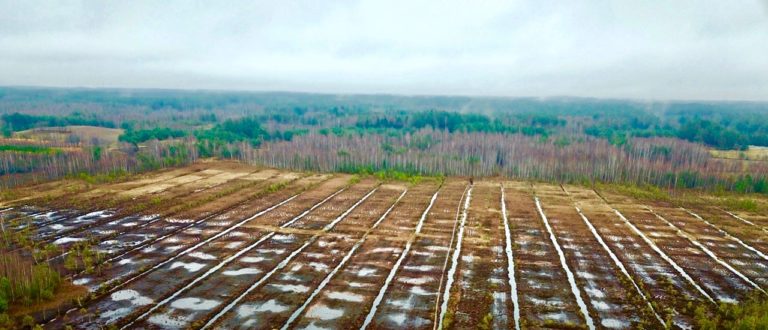
Busy with work on documentary films
In the summer of 2019, ELM Media, one of the LIFE Peat Restore partners, is actively working on the documentary films proposed in the project. The first shots were taken already in 2017 in Poland, followed by filming sessions in Lithuania and Latvia. This summer, the ELM Media team is travelling around Latvia, actively looking … read more










